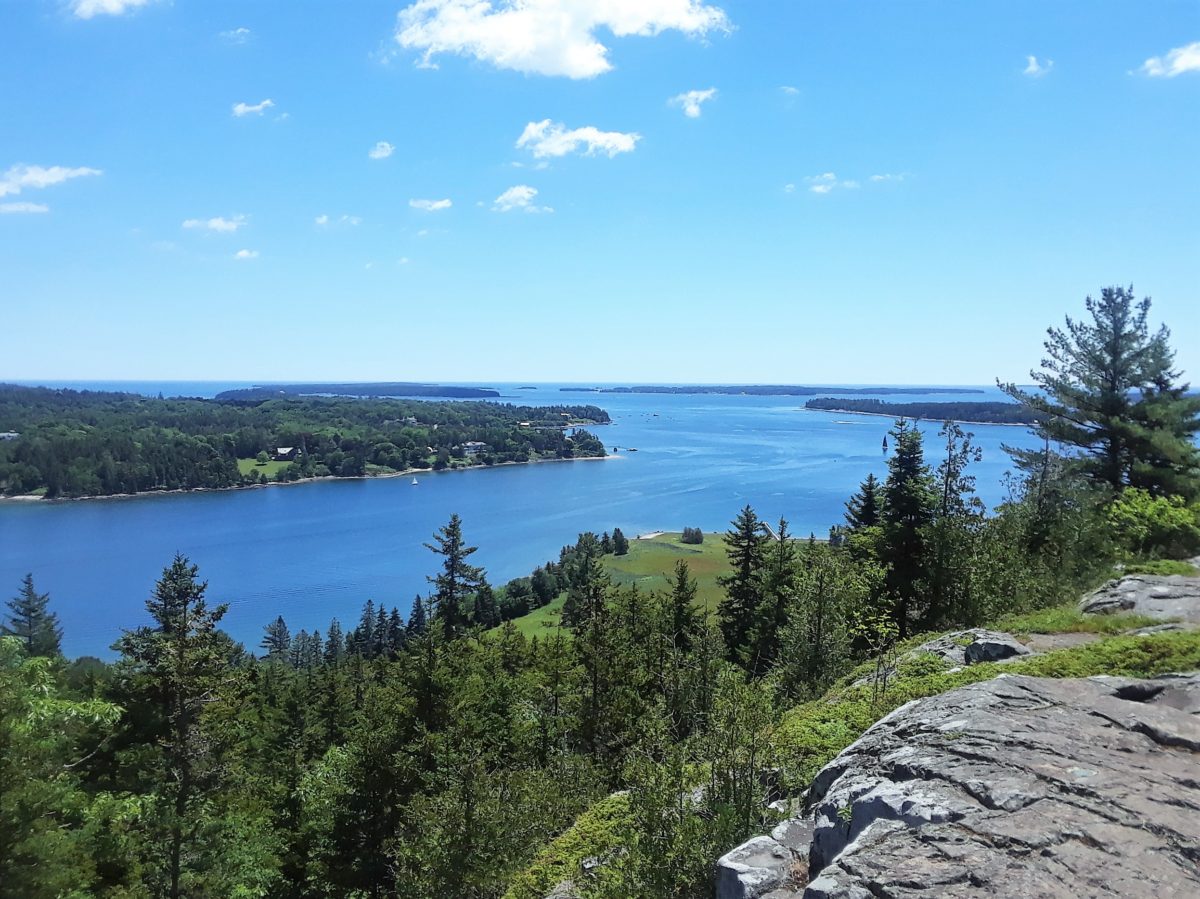In the last 80 years, the city of Berlin may have gone through more changes than anywhere else in Europe. First, the capital of a struggling and failing democracy, then the capital of a monstrous totalitarian regime, then an invaded city, then a divided city, then the epicenter of a political battle of the two most powerful entities in the world, then a united city, and now like a phoenix rising from the ashes, the capital of the most powerful democracy in Europe. That is a lot of history both good and bad, and Berlin faces that history in both celebration and somber recollection.

Two of the most somber places to face some of that dark history are the Memorial to the Murdered Jews of Europe, also known as the Jewish Holocaust Memorial, and the Memorial to the Sinti and Roma Victims of National Socialism. The first is a memorial to the murdered Jewish people throughout Europe during the Nazis’ reign of terror, and the second is a memorial to that minority that Hitler almost eliminated in his racial purges, the Sinti and Roma peoples. The Sinti and Roma are nomadic people found throughout Europe and the United States. Often both groups are referred to as Roma, collectively, they are popularly referred to as Gypsies.

Before the Second World War, Berlin had one of the largest Jewish populations in Europe, and the Murdered Jews memorial seems to speak to that history. With its location in the city centre directly across from Tiergarten, Berlin’s large main park, and near to both the Reichstag building and the Brandenburg Gate, the monument provides a central reference point for visitors.
The monument is composed of 2711 rectangular concrete blocks, laid out in a grid formation, the monument is organized into a rectangle-like array covering about 5 acres. The design allows for long, straight, and narrow alleys between them while the ground below them undulates in dips and rises. Designed by American architect Peter Eisenman, the number of slabs (or stelaes) is not symbolic, but rather fit the dimensions designed by Eisenman. The slabs are made of gray concrete treated with a protective chemical coating that allows for the easy removal of graffiti and other forms of defacement.

There are many interpretations to the memorial design. Eisenman’s own description states, “the stelae are designed to produce an uneasy, confusing atmosphere, and the whole sculpture aims to represent a supposedly ordered system that has lost touch with human reason.” The most common is that of a graveyard. And another is that the size, scale and straight lines of the design evoke the discipline and unquestioning bureaucratic order that kept the killing machine grinding along. There are parts of the memorial where you entered a dip and you are surrounded by massive blocks that cut you off from the sights and sounds of the city around you.

Beneath the slabs, is the real center of the memorial. The information center, which is located underground at the site’s eastern edge, begins with a timeline that lays out the history of the Final Solution, from when the National Socialists (Nazis) took power in 1933 through the murder of 500,000 Soviet Jews in 1941. The rest of the exhibition is divided into four rooms dedicated to personal aspects of the tragedy, like reading of the letters thrown from the trains that transported the Jews to the death camps, or The Room of Families which focuses on the fates of 15 specific Jewish families from different parts of Europe, or the Room of Names, where names of all known Jewish Holocaust victims obtained from the Yad Vashem memorial in Israel are read out loud.

To walk through these rooms is both humbling and horrifying. Humbling in the realization of the millions of people who suffered just because of their race, religion or sexual orientation. And horrifying when you realize the sheer scale of the Final Solution, and its amazing ability and efficiency to care out that goal. You have to look for the information center, and many critics have questioned the placement of the center. It is underground and not well-marked, but while the above slabs of concrete evoke a graveyard, the personal stories you hear of ruined lives and families and survival in the information center will break your heart.
The complete opposite of the Jewish Holocaust Memorial is the small, quiet, almost hidden Memorial to the Sinti and Roma Victims of National Socialism. The memorial is located inside Tiergarten just north of the Brandenburg Gate. This monument is dedicated to the memory of the 220,000 – 500,000 people murdered in the Porajmos – the Nazi genocide of the European Sinti and Roma peoples.

The memorial was designed by Israeli artist Dani Karavan and consists of a dark, circular pool of water at the centre of which there is a triangular stone. The triangular shape of the stone is in reference to the badges that had to be worn by concentration camp prisoners. The stone is retractable, and a fresh flower is placed upon it daily. In bronze letters around the edge of the pool is the poem ‘Auschwitz’ by Roma poet Santino Spinelli.

While thousands stream through the other memorial because of its location and unique design, this quiet pool attracts far fewer people, but the message is no less powerful. The pool, the poem written along the pool, and the quiet respect people show give this small memorial a power that truly moves you.
There are certainly more fun thinks to do in Berlin, but importance that the city itself places on these memorials in the heart of Berlin make them essential places to visit. Not only to reflect on those who have gone, but to make sure horrors like this near occur again.
(Many of the facts about the Memorials were supplied by Wikipedia and other sources.)


You must be logged in to post a comment.